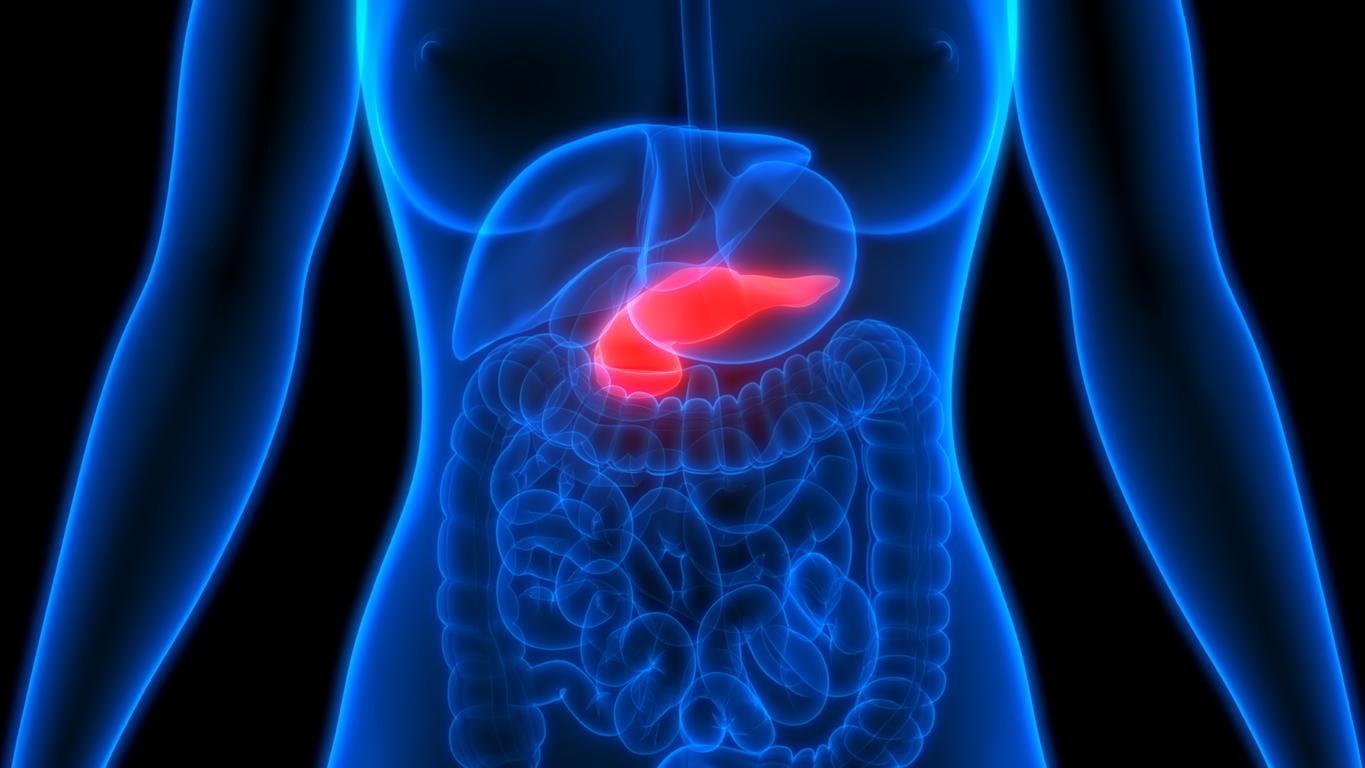The Nobel 2014 season opened today with the presentation of the Nobel Prize in Medicine to the American-British John O’Keefe and to the Norwegian couple, May-Britt and Edvard Moser, announced the jury.
The laureates were awarded for their discoveries on “cells which constitute a system of positioning in the brain”, according to the Nobel committee. This GPS internal to the brainallows orientation in a room, demonstrating the cellular basis of a superior cognitive function specified the Nobel jury in a press release.
“Their discoveries (…) solved a problem that mobilized philosophers and scientists for centuries,” explained the Nobel committee at the Karolinska institute in Stockholm.
How does the brain locate itself in space?
In its press release, the Nobel Committee explains why this research is of paramount importance. This internal brain GPS can answer simple questions such as “How do we know where we are?” How do we find our way from one place to another? And how do we store this information in such a way that we can immediately find the way the next time we take the same road? This year’s Nobel laureates have discovered a positioning system, (…) an internal GPS in the brain that makes it possible to orient us in space, demonstrating the cellular basis for superior cognitive function ”.
John O’Keefe is a research fellow at the Institute for Cognitive Neuroscience at University College London (UCL). In 1971, he discovered a new type of nerve cell in the hippocampus, which plays a central role in the memory and spatial positioning.
In 2005, this research was completed by the Moser couple, two researchers from the University of Trondheim (Norway). They identified another type of nerve cell that creates a coordinate system to determine positions.
The Norwegian couple gets half of the eight million crowns (about 881,000 euros) of the Nobel, and Mr. O’Keefe the other half.
Last year, it was work on the transport of molecules by cells who had been awarded the Nobel Prize in medicine.
















